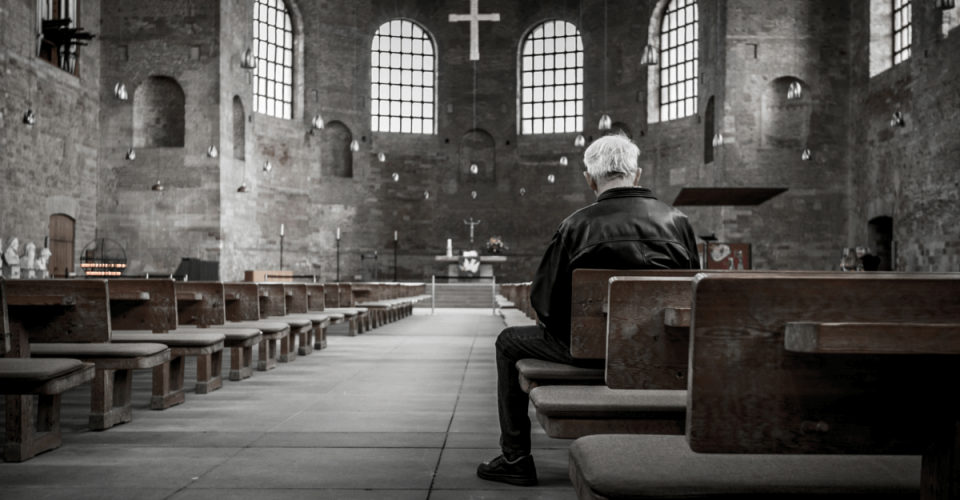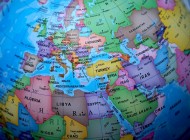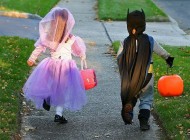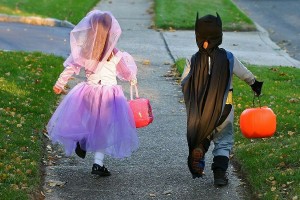An conducted with the help of 35,000 adults in the United States shows that its citizens have been coming less religious when it comes to their attendance in church. However, as with many dialogues about religion, this study invites more questions. For example, what does it mean to be religious?
Ultimately, the percentage of the people who said that they believe in God, pray on a daily basis and go to the church has declined. Church attendance declining in America has a relation to the growing number of Americans who said that they do not belong in any organized faith. On the other hand, a certain percentage of the US adults who claimed that they indeed have a religion show no visible decline of religion when it comes to commitment with their religion.
As a follow up to the extensive survey, the Religious Landscape Study has been conducted. The report has described the demographic characteristics as well as the changing size of the major religious groups. Moreover, it focused on the religious practices and beliefs of these groups.
Although the US adults who stated that they believe in God are still higher percentages than other advanced industrial countries, it has declined from 92% to 89%.
This drop took place within seven years, during the first landscape study conducted by the Pew Research Center in 2007. The number of Americans who are certain of God’s existence also dropped from 71% to 63%. Additionally, those who said that they pray daily and attend religious services on a regular basis have also decreased.
How did the citizens of US experience religion decline?
The religiously affiliated people are still as religious last year just as how they are way back in 2007. However, the percentage of the adults who describe themselves as religiously affiliated have indeed dropped. Moreover, those who are not religiously affiliated have increased for about 7 percentage points. The net results show that the general population of the adult in the US has become less religious than before. Interestingly, the survey conducted by Pew Research Center states that not all the so called “nones” are totally nonbelievers.
Rather, those that said they are not religiously affiliated still said that they believe in God.
Overall, the “nones” are considerably less observant when it comes to religion as compared to those with a specific faith. Moreover, the numbers of the “nones” are growing in numbers. They have also become less observant at present than they were when the first study took place. These “nones” have contributed greatly in the religion decline of the overall rate of the US public when it comes to religious practices and beliefs.
Study also shows that the older Americans are still more religious than the younger ones. Apart from discovering the religious practices and beliefs of the US public, questions regarding their political and social values have also been included in it. As the number of the church attendance decreases, is religion declining in the country? Perhaps the question is how you define religion: belief or church attendance. While Catholic teachings suggest that those who go to church every Sunday and those who go once in awhile are still equal in the eyes of God, what do you think of the declining rates?
Tags: demographic trends demographics population united states







 Lights, Camera, Movie Demographics!
Lights, Camera, Movie Demographics!  The Most Popular Halloween Costumes 2015
The Most Popular Halloween Costumes 2015 





